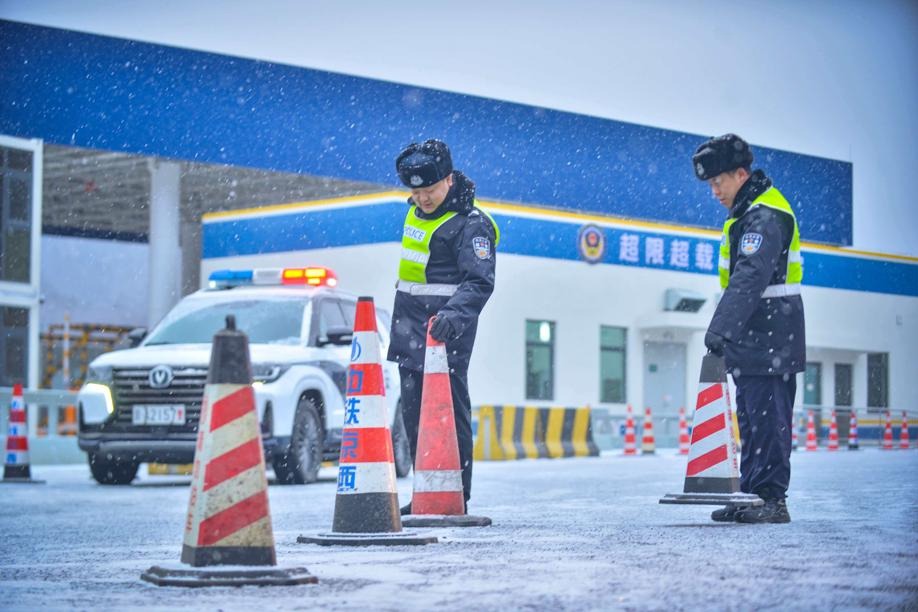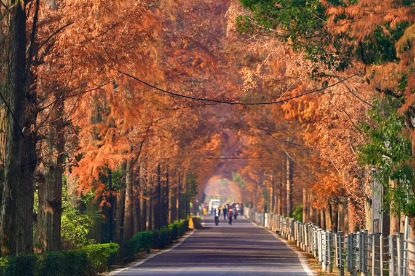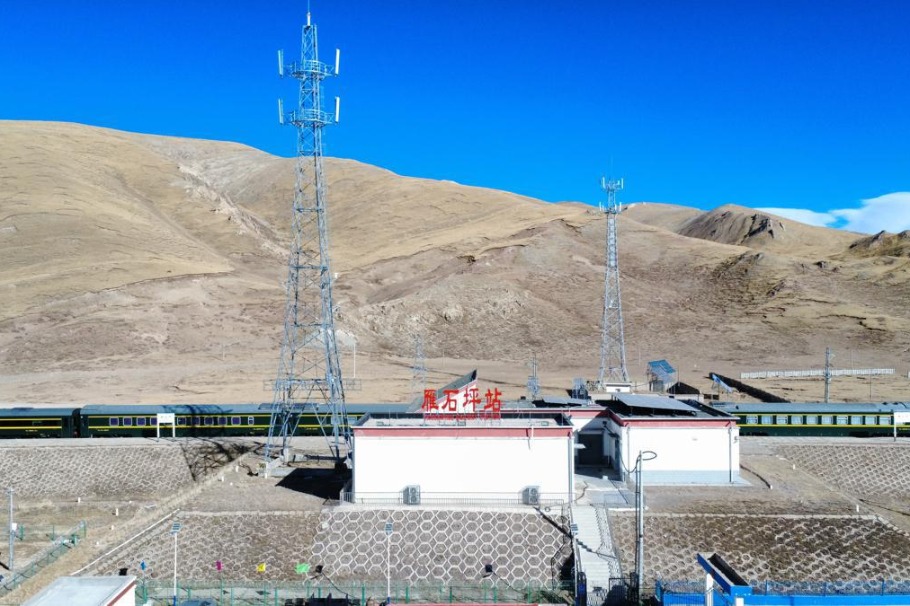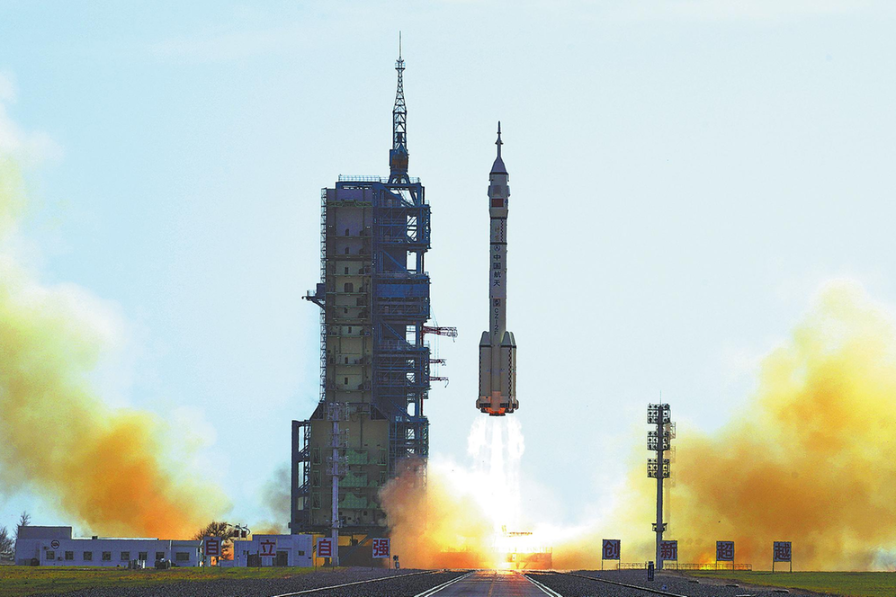Scorching weather to subside


Temperatures to fall in many parts, but little relief for Chongqing, eastern Sichuan
The most intense heat wave since national weather records began in 1961, which has caused power crunches, forest fires and dried-up rivers across China, is forecast to subside in some parts of southern China for the next seven days, but there will be little letup for eastern Sichuan province and Chongqing, according to the China Meteorological Administration on Tuesday.
From July 22 to Monday, five forest fires flared up in Chongqing where temperatures have consistently reached above 40 C, according to the CMA's Public Meteorological Service Center.
It is expected that from Tuesday to Thursday, the forest fire risk level in some areas in the city and in Sichuan province will be extremely high, the center added.
The center said that over the past 60 days, the power load on the electricity supply was far heavier than normal due to the extreme heat in Sichuan, Jiangsu and Hubei provinces.
Power loads can vary due to weather conditions, especially changes in temperature. Usually, the higher the daily average temperature, the greater the power load.
In Chongqing, transport companies have dimmed lights in subways to reduce the power load and in Sichuan province, some new energy vehicle charging piles were switched off, Jimu News, a media outlet in Hubei province, reported on Tuesday.
"Due to the water shortage in the Yangtze River, hydropower output has dropped, which made the power supply condition in provinces along the river even more serious," said Yuan Bin, a senior engineer from the center.
In August, the flow of the Yangtze River's trunk line was about half compared to the same period last year due to less rainfall, China Central Television reported.
Data from the Hubei Meteorological Service showed that 92 percent of the province's land area has suffered droughts.
Chen Xuan, chief forecaster from the service, said that since August, high temperatures have hit the province in an extreme manner, and daily maximum temperatures in 30 counties and cities have broken historical records.
The National Meteorological Center lowered its heat wave warning from red to orange on Tuesday evening, as the heat begins to ease. This ended a 12-day streak of national-level daily red alerts for heat. China's four-tier color-coded weather alert system uses red to signify the most severe, followed by orange, yellow and blue.
Chengdu, for example, will see its daily high temperatures in its urban area gradually dropping from 41 C on Tuesday to 28 C by Monday, with showers forecast over the week.
Chen Tao, chief forecaster from the National Meteorological Center, said that although for the next seven days the heat wave is expected to subside in provinces in the south, it will not end immediately.
"The heat alleviation process requires some time, especially in Chongqing and eastern Sichuan," he said.
- Wave of freezing weather brings snow to northern China
- APEC 'China Year' kicks off at Shenzhen meeting
- HKSAR chief executive says to conclude residential complex fire probe within 9 months
- Viral scenic valley in China, not Japan, operators of tourist attraction clarify
- European Chamber Shanghai Chapter calls for stronger EU-China sustainability ties
- Former senior official at State Council body under investigation




































